Upgrading your PC with a fancy new graphics card but still using a dinky old monitor, is like sticking a Ferrari engine in a 1991 Toyota Camry. An unfortunate waste. What’s the point of dropping a bunch of money on a high-end graphics card if you can only run games at low quality? Getting yourself a good gaming monitor is essential.
To help you pick out a gaming monitor that’ll help you get the most out of your graphics card, here are a few things you should look for so you’ll know how to choose a good one when the time comes.
This article has been updated since its original publication.
What to look for in a good gaming monitor
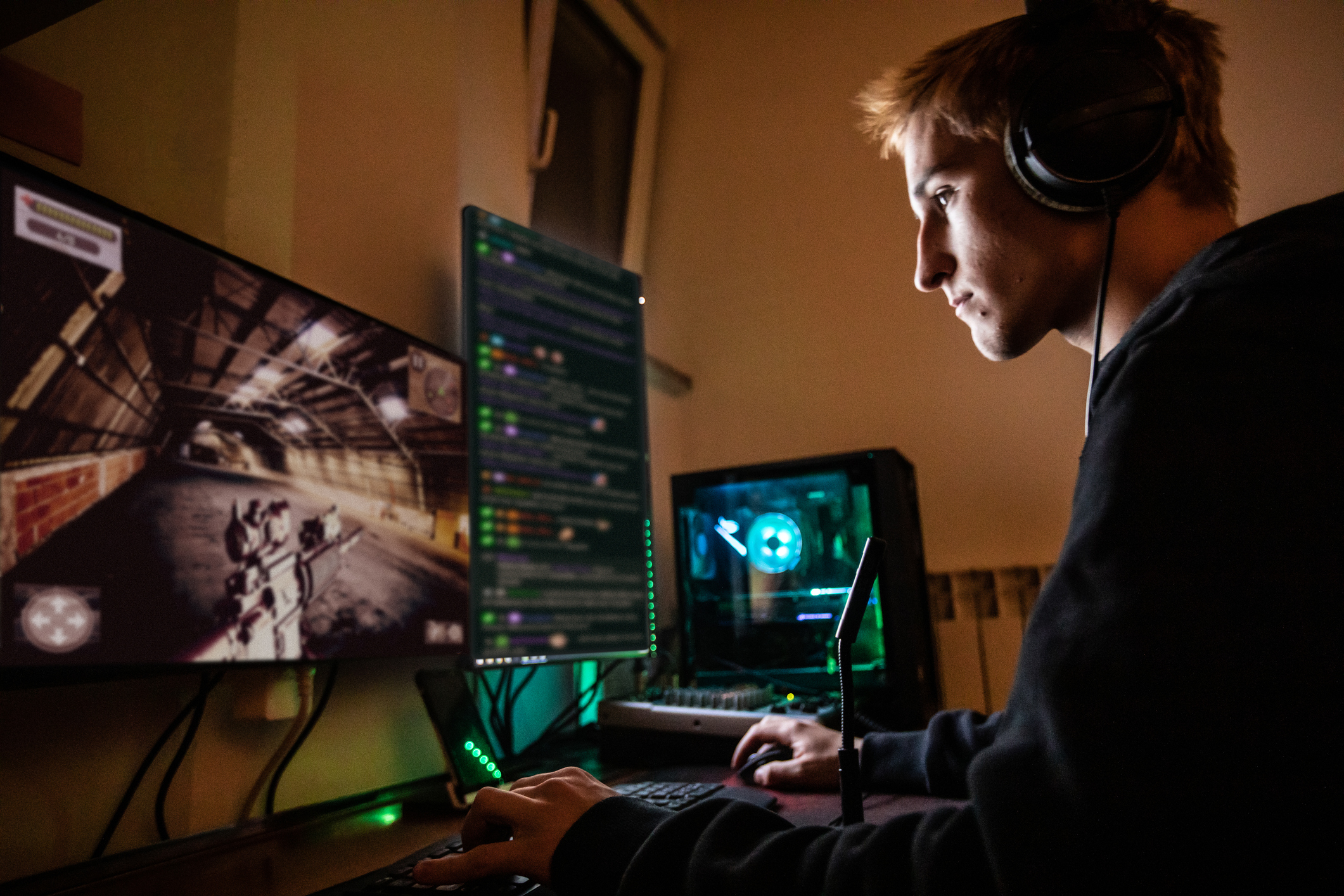
Size matters for gaming monitors
So what’s a “good” size for a gaming monitor? Well, you obviously have to weigh up your desk space and whether the image or brightness from the monitor is going to disturb others during your 3:00 am fragfests, but for gaming, you should look to screens sized anywhere from 27 inches or higher ideally.
That should give you a good selection of monitor choices at higher resolutions, while also giving you a display that you’re not peeking around the sides of during games. Monitors smaller than 27 inches often don’t push beyond 1920 x 1080, also known as FHD resolution, which means you won’t be getting the most out of your gaming PC or high-end console.
Panel technologies
If you look at the cheap end of the gaming monitor space, you’ll mostly see panels using Twisted Nematic (TN) displays, while higher-end screens use In-Plane Switching (IPS) tech instead. In the middle sits screens with Vertical Alignment tech (VA). So… surely IPS is the better technology for gaming, right?
Actually, it’s not quite that simple. On one hand, the right TN screen at the right price can have its advantages against a similar-sized IPS panel. On the other hand, VA screens can provide a great middle-ground in terms of refresh rates, colour accuracy and viewing angles.
You can typically get a TN display with a higher refresh rate at a lower price than an IPS display, as well as lower overall latency. IPS panels typically manage colour reproduction and viewing angles better than TN displays, but they cost more and can have higher latency.
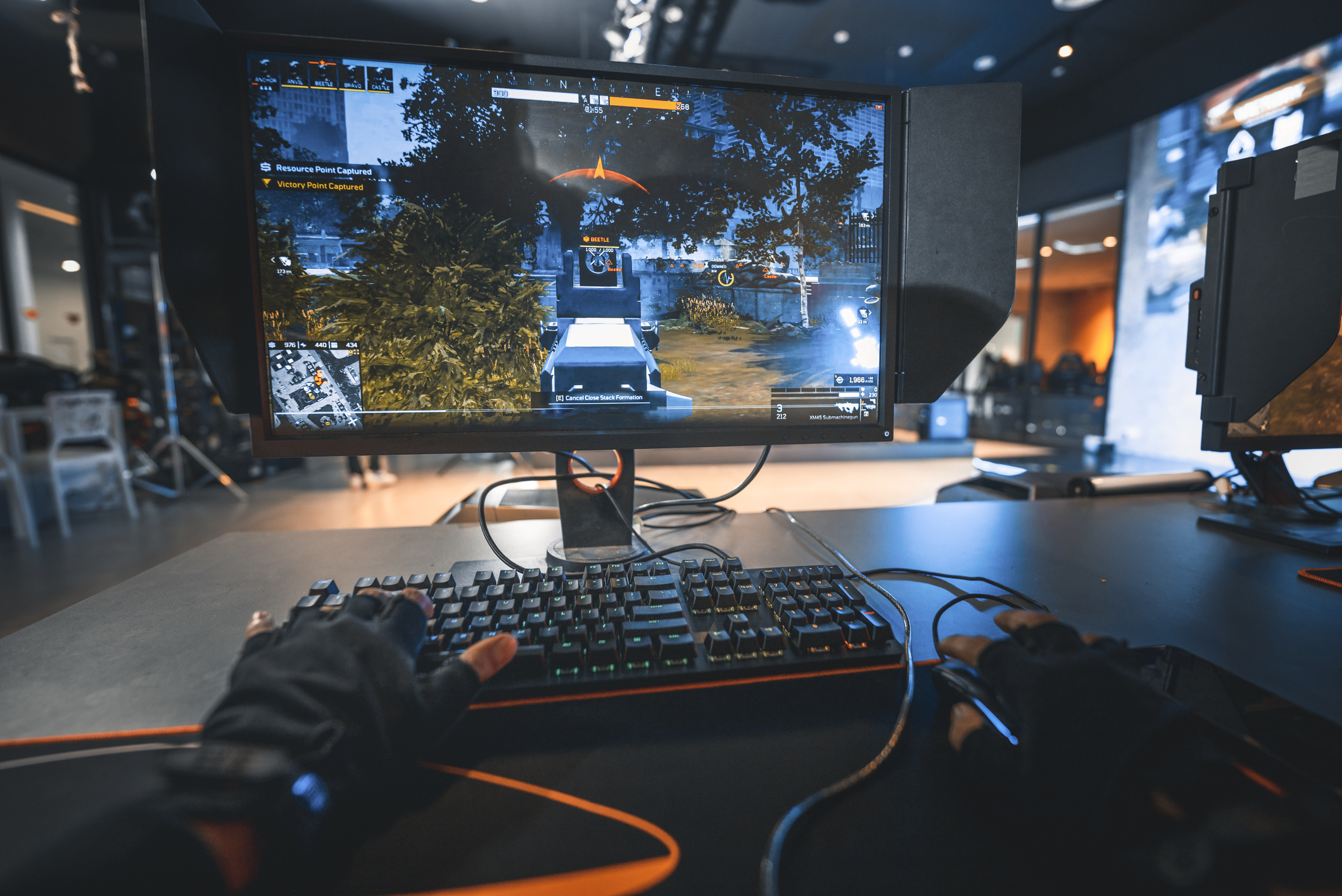
Refresh and response rates
The next spec to check is a monitor’s refresh rate. The baseline is 60Hz, but unless you’re playing a lot of static games, what you should be looking for is a display with at least twice that refresh rate at a bare minimum for fast action gaming. At 60Hz, expect a lot of blurry onscreen images or screen tearing in fast action games, something that will be less noticeable when you have a higher refresh rate.
Speaking of screen tearing, if you’re using a system with an AMD or Nvidia GPU, you might also see mention of G-Sync (Nvidia) or FreeSync (AMD) in your monitor specifications. Those are mostly hardware-driven solutions (but they’re also software) that reduce tearing in fast action games for when you experience frame rate dips. It’s a matter of matching your game expectations because if you’re playing games that require a high resolution and refresh rate at a locked frame rate, synchronisation issues shouldn’t happen that often.
Another good spec to check is a gaming monitor’s response rate, which is the rate a monitor can make a full on-to-off transition (you know, how your screen goes from fully white to black and then back again). It’s a particularly important feature in a gaming sense if you want to avoid ghosting issues. What you ideally want to look for here is a sub 2ms timeframe on a good gaming monitor, and again you’ll typically have to balance that cost against your technology type and refresh rates as well.
And finally, there’s input lag, which measures the speed at which the monitor itself responds to commands from your system. A high input lag will mean a less-than-stellar gaming experience, so look for sub-1ms here. Some displays may offer up specific “game modes” that limit in-display signal processing to maximise response rates and minimise input lag, although that can sometimes be at the cost of image fidelity.
Inputs and outputs
The larger size of most gaming monitors does give them a little more scope to incorporate more inputs than those boring business desktop displays and that’s a very good thing indeed. Multiple HDMI ports will make it simpler to connect more than one video source, so you could hook up a PlayStation 5 or Xbox Series X along with your gaming PC. For utilising features such as G-Sync or Freesync, display port compatibility is often a must-have feature. It’s less common on monitors that are sold as “gaming” monitors, but you may still see old school VGA connectors in play too.
Then there’s USB ports, which can be useful for minimising cable clutter and for charging other devices when you’re between games. Some manufacturers offer displays with USB ports but place them in hard-to-access places on the monitor body, which can quickly be annoying.
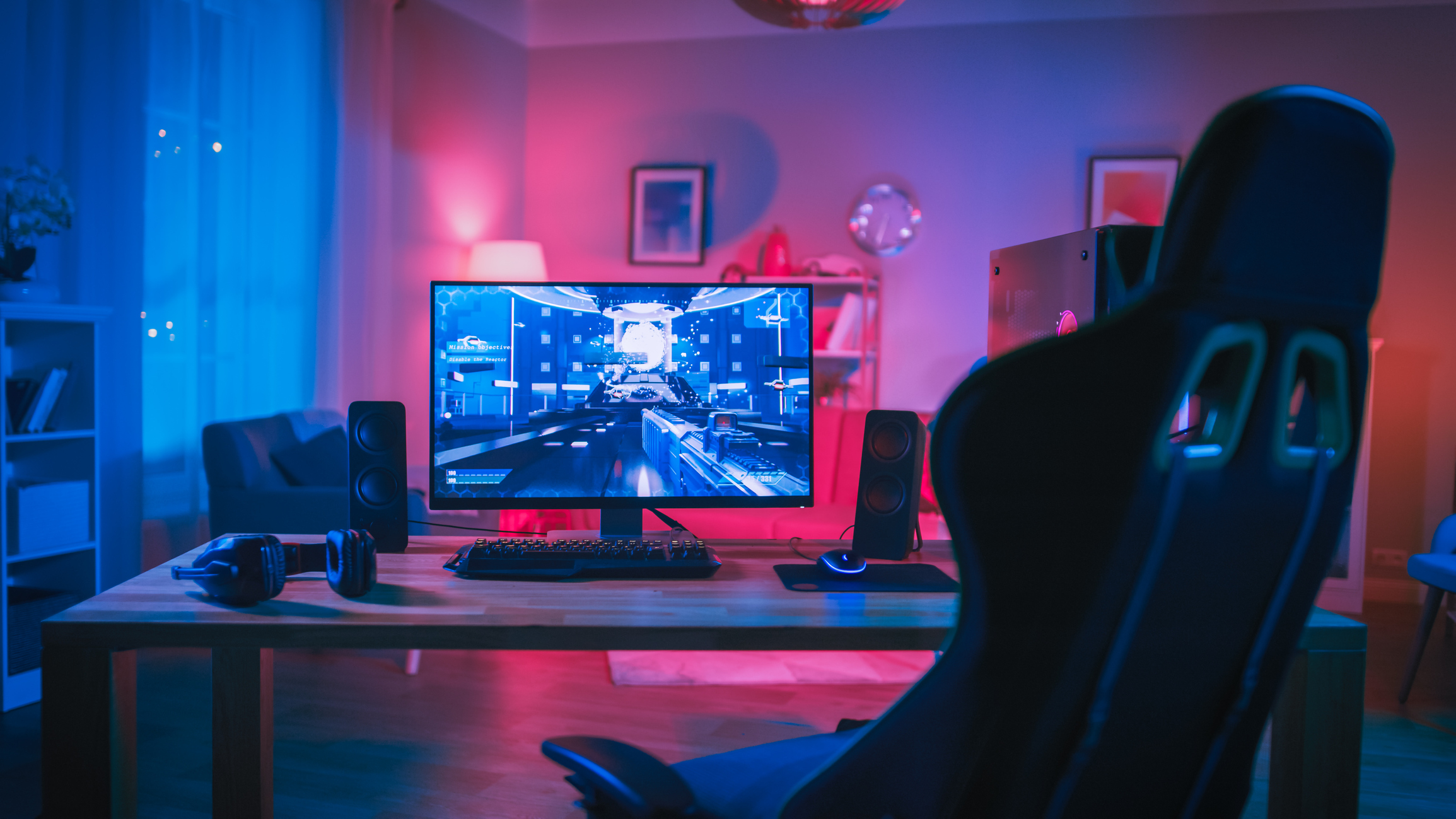
Gaming monitor price
Naturally, what you end up choosing almost always depends on your budget. Before you simply buy the cheapest model that seems to meet your needs, consider whether your gaming monitor is of serviceable quality that should last you a good number of years.
As such, buying a slightly more expensive model that’ll meet your needs over time is usually a wiser investment than one that’s cheap now but prone to a shorter expiration date.
Can’t I just use a big TV?
At some level, sure, you can generally hook up the HDMI connection from a PC to a TV and game that way as plenty of others do.
But if your gaming setup is situated in the living room, you might find yourself fighting with your housemates over who gets control over the TV. Sharing your fancy “gaming TV” is simply not worth it if you’re prone to marathon gaming sessions. Given the huge screen sizes of modern TVs, it’s relatively cheaper and space efficient to spring for a good quality monitor over a 60-inch 4K TV.
Most TVs aren’t even well tuned for gaming, especially if you’re connecting it to a PC. What you gain in screen size you often lose in response rates, input lag and screen refresh rates. A lot of higher end TVs usually resort to onboard processors to give the effect of a higher refresh rate, without delivering that actual higher refresh rate. When you’re staring at a sports broadcast that’s usually OK, because you’re not the player on the pitch. But when you’re playing a sports game, you very much are.
Let’s have a look at some options to give you some idea of what to look out for.
Good gaming monitors worth considering for your rig

- Panel type: IPS
- Pros: 165Hz refresh rates and 1ms response time, comes with tilt stand, blue light filter
- Cons: Could be bigger, limited to FHD resolution
You can shop this OMEN monitor here for $449.
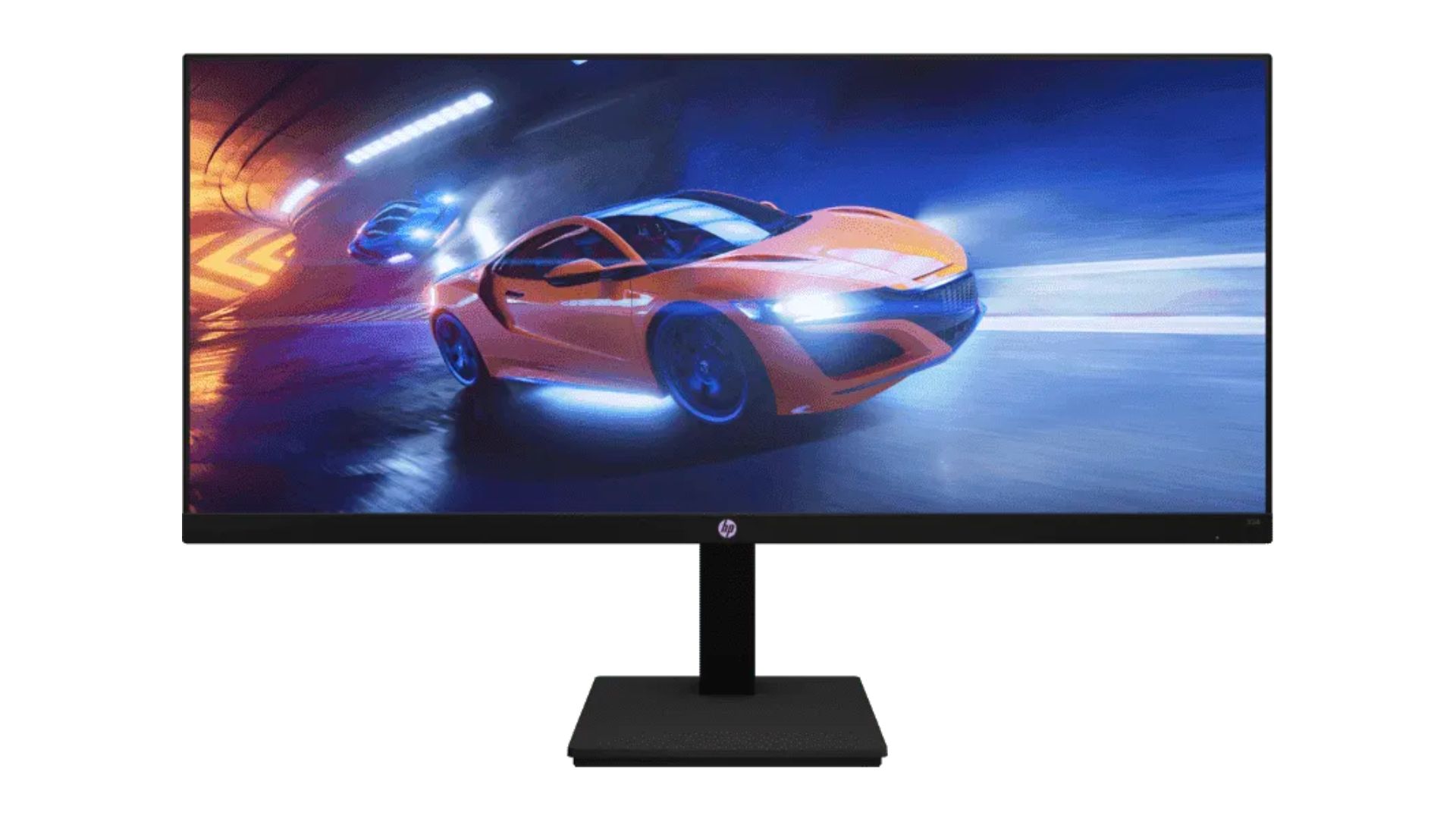
- Panel type: IPS
- Pros: Big boy screen, blue light mode, adjustable height and tilt stand, 165Hz refresh rate and 1ms response time
- Cons: Heavy, only one HDMI port
You can shop this HP gaming monitor here for $849.
Samsung LC24RG50FQEXXY 24″ Curved Gaming Monitor

- Panel type: VA
- Pros: Solid 144Hz refresh rate, 4ms response rate, curved display, 2 HDMI inputs
- Cons: Small size, only FHD resolution, lacks height adjustment
You can shop the Samsung curved gaming monitor here for $296.95.
MSI Optix G241 Esports Gaming IPS Monitor

- Panel type: VA
- Pros: 1ms response time and 144Hz refresh rate, AMD FreeSync support, blue light filter
- Cons: Single HDMI port, on the small side
You can shop this MSI Optix monitor here for $412.17.
LG Ultragear 27GL850-B 27″ Gaming Monitor
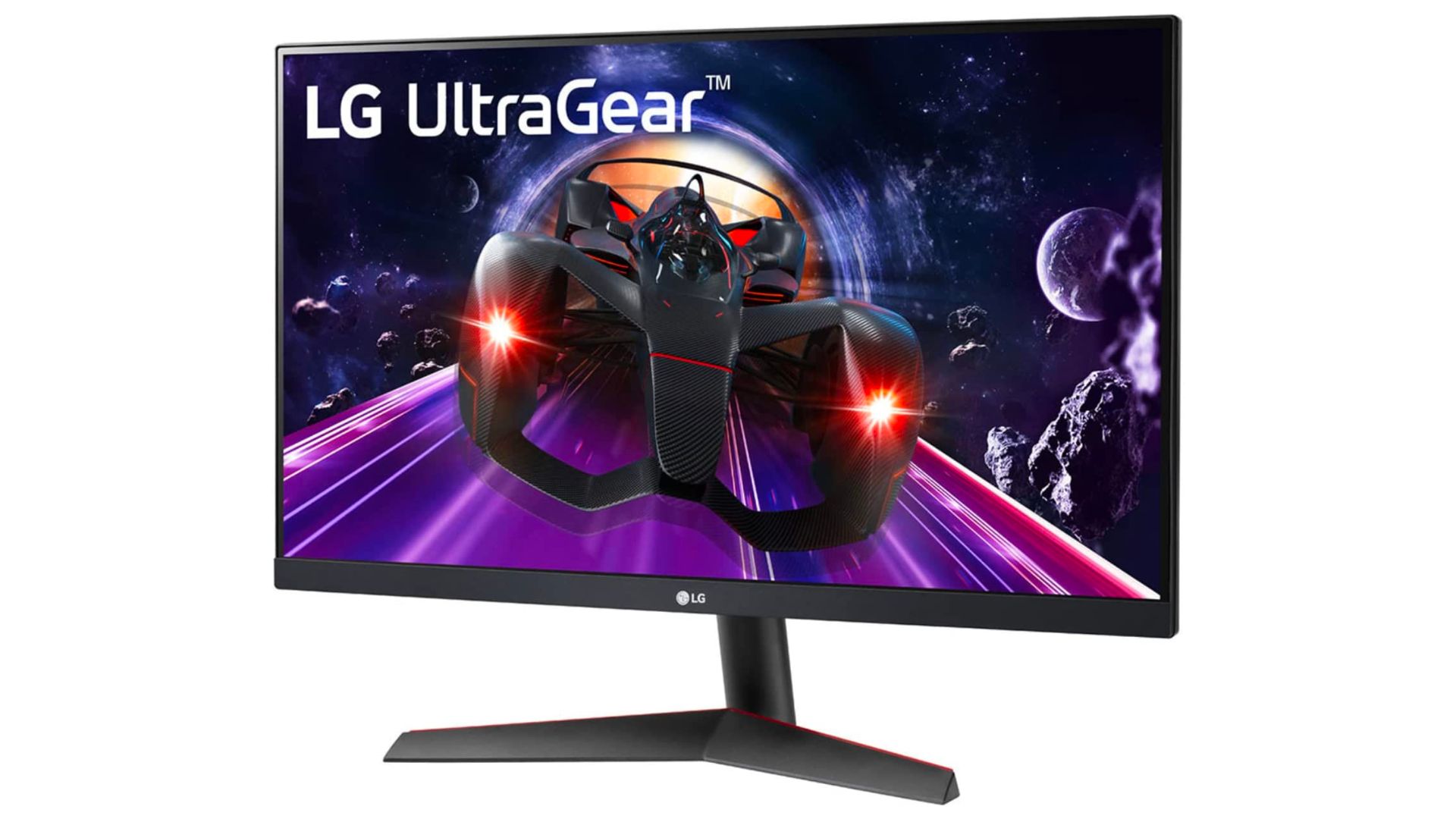
- Panel type: IPS
- Pros: 144Hz refresh rate, QHD resolution, G-Sync and FreeSync support, 1ms response time
- Cons: Pricey
You can shop LG’s Ultragear gaming monitor here for $279.
BenQ EL2870U 24″ HDR (FHD) Gaming Monitor
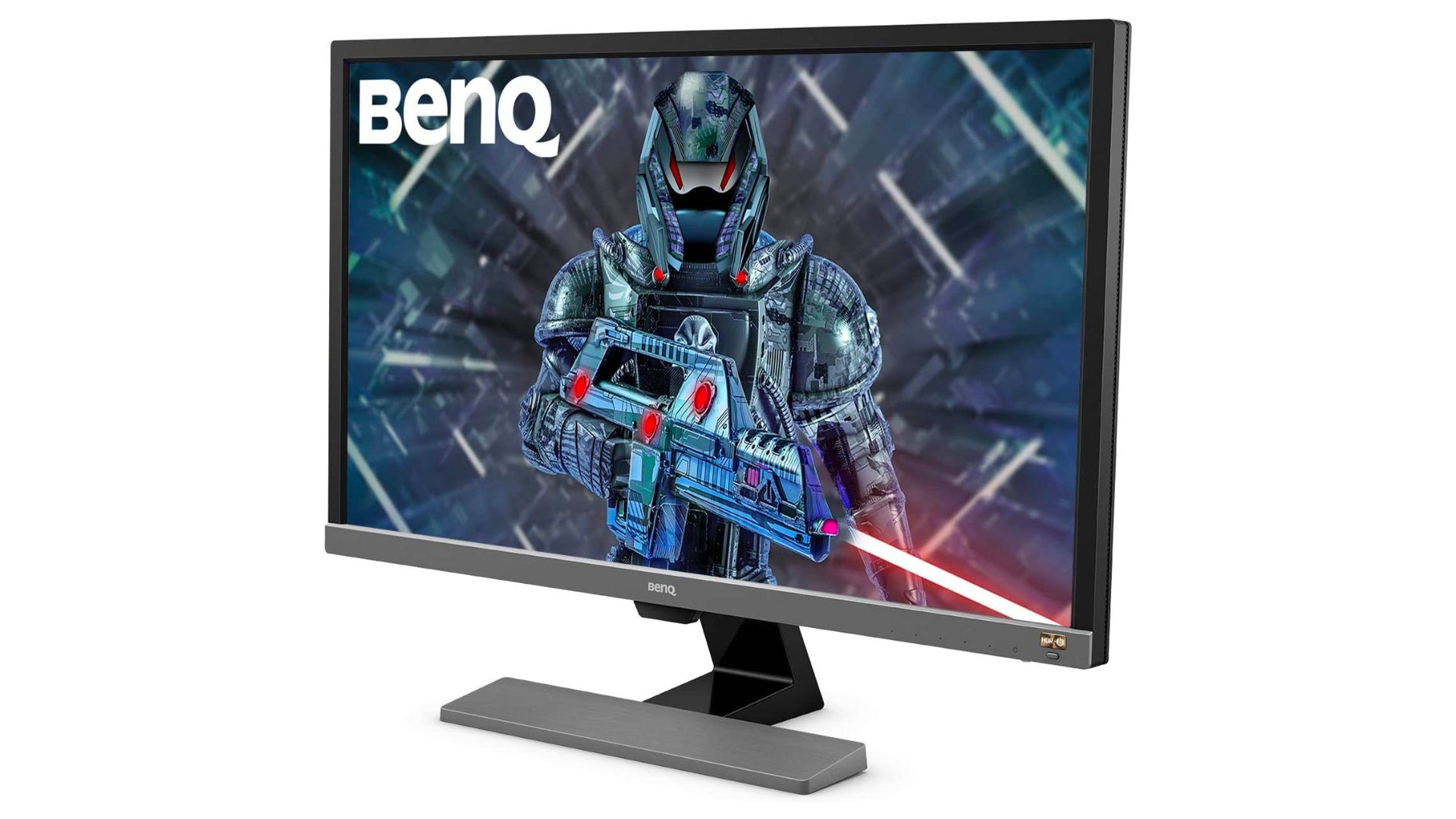
- Panel type: TN
- Pros: High resolution, Freesync support, 1ms response time
- Cons: Only 60Hz, single HDMI input, expensive
You can shop this Benq monitor here for $449.
LG 32MP58HQ 32″ FHD IPS Monitor

- Panel type: IPS
- Pros: Large display for the price
- Cons: Max 75Hz, high response rate
You can shop it here for $299.
For a limited time, students who sign up for a free HP account will receive exclusive access to up to 30% off a range of laptops. To take advantage of this offer, head here.
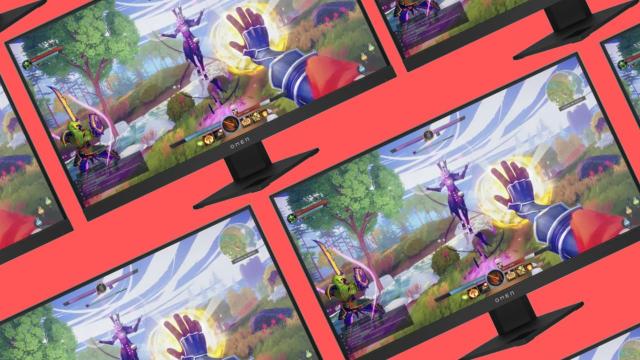
Leave a Reply
You must be logged in to post a comment.